Thai spice blends are pre-mixed combinations of ground spices, fresh herbs, and aromatic ingredients used in Thai cuisine to create signature flavors. They form the foundation of iconic dishes like curries, soups, and stir-fries, balancing sweet, salty, sour, bitter, and spicy elements in perfect harmony.
The Most Popular Thai Spice Blends You Should Know
Thai cuisine relies on specific pre-mixed pastes for authentic flavor. Here are the essential blends every cook should know:
| Spice Blend | Main Ingredients | Flavor Profile | Popular Dishes | Heat Level |
|---|---|---|---|---|
| Green Curry Paste | Green chili, lemongrass, galangal, coriander root, kaffir lime peel | Fragrant, herbal, slightly sweet | Green curry, pad thai with shrimp | Medium to Hot |
| Red Curry Paste | Dried red chili, garlic, lemongrass, galangal, shrimp paste | Spicy, rich, smoky | Red curry chicken, massaman curry | Hot to Very Hot |
| Yellow Curry Paste | Turmeric, cumin, coriander, lemongrass, ginger | Earthy, mildly spicy, slightly sweet | Yellow curry with potatoes, seafood | Mild to Medium |
| Panang Curry Paste | Roasted peanuts, dried chili, lemongrass, galangal | Creamy, nutty, slightly sweet | Panang curry with beef or tofu | Medium |
| Tom Yum Paste | Lemongrass, kaffir lime leaves, galangal, chili, shallots | Spicy, sour, aromatic | Tom yum soup, grilled meats | Medium |
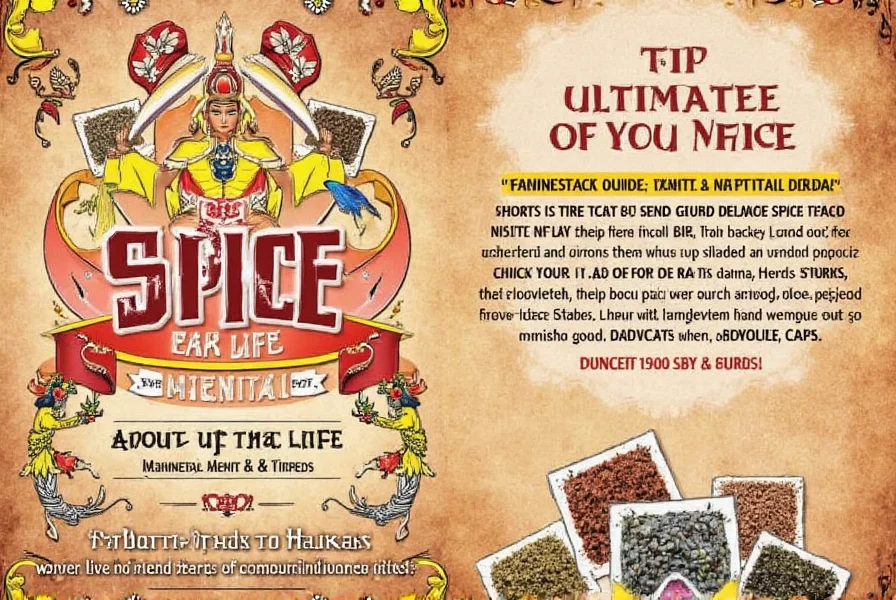
How to Make Your Own Thai Spice Blends at Home
Homemade versions are fresher, healthier, and customizable. Here's a basic Green Curry Paste recipe:
- 10 green chilies (adjust to taste)
- 1 stalk lemongrass (tender part only, finely chopped)
- 1 thumb-sized piece of galangal (or ginger as substitute), peeled and sliced
- 1 small shallot, chopped
- 1 clove garlic
- 1 tsp coriander seeds (toasted)
- 1 tsp shrimp paste (optional for vegetarian version)
- Zest of 1 kaffir lime (or lime zest if unavailable)
- Toaster tip: Toast the coriander seeds until fragrant.
- Combine all ingredients in a blender or mortar and pestle.
- Add a splash of water to help it blend smoothly.
- Store in an airtight container in the fridge for up to 2 weeks, or freeze in ice cube trays for longer storage.
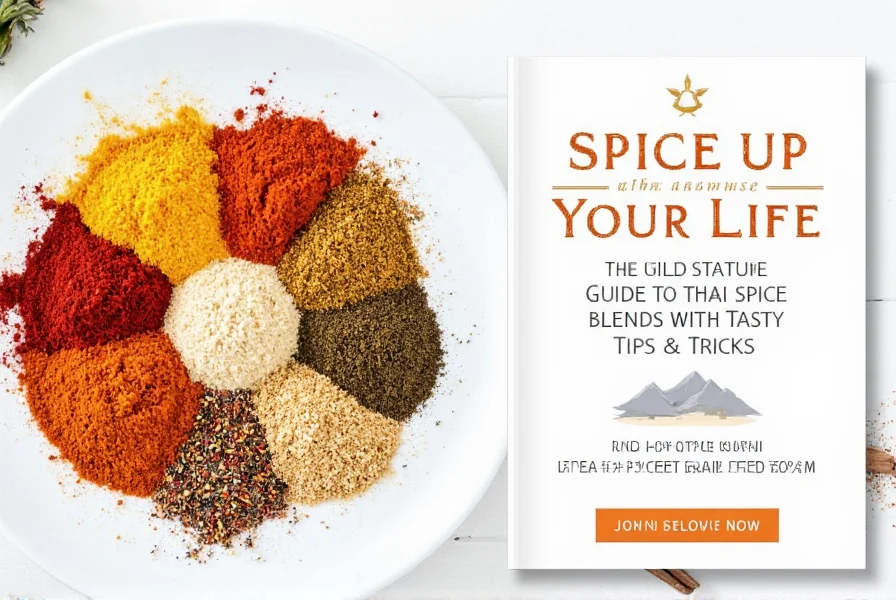
Buying Guide: What to Look for When Buying Thai Spice Blends
When purchasing store-bought blends, prioritize quality with these tips:
Top Brands to Consider
- Mae Ploy: Authentic flavor and high heat. Ideal for serious spice lovers.
- Aroy-D: Milder with clean ingredients. Perfect for beginners.
- Maesri: Traditional recipes with strong aromatics. Best for street food replication.
Label Reading Checklist
| What to Check | What to Look For | Why It Matters |
|---|---|---|
| Ingredients list | Real food items (no artificial additives) | Shorter lists mean fewer chemicals |
| Shelf life | Under 18 months unopened | Long shelf life often indicates preservatives |
| Oil content | Minimal or none | High oil dilutes flavor concentration |
| Color intensity | Bright, vivid color (especially green and red) | Dull color suggests old or low-quality ingredients |
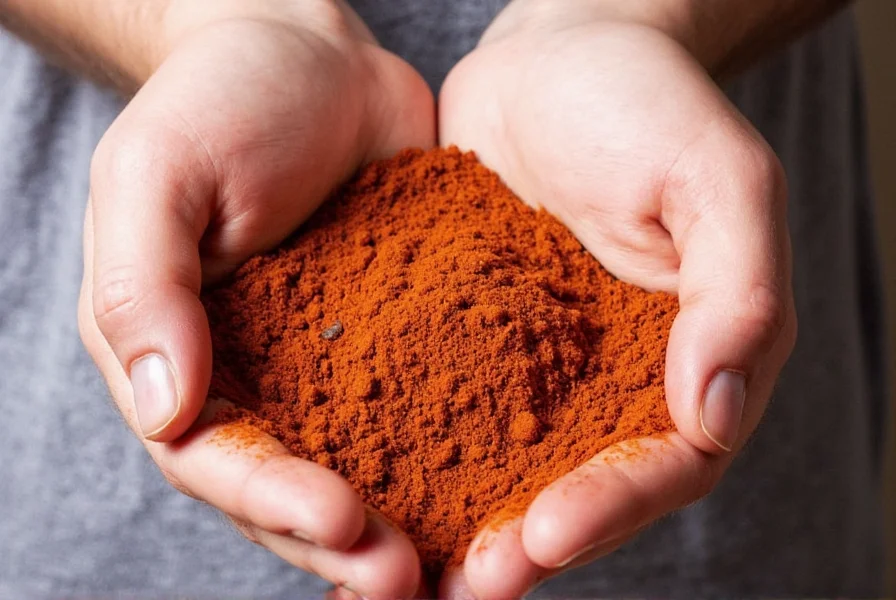
Creative Ways to Use Thai Spice Blends Beyond Curries
- Grilled Veggie Rub: Mix red curry paste with olive oil and honey for a sticky glaze on zucchini, eggplant, or bell peppers.
- Marinades: Add green curry paste to coconut milk for chicken or tofu before grilling.
- Stir-Fry Boosters: Stir a spoonful of yellow curry paste into any vegetable stir-fry for Southeast Asian flavor.
- Savory Pancakes: Fold panang paste into pancake batter for an umami twist.
- Homemade Ramen Upgrade: Whisk tom yum paste into broth for Thai-inspired broth.
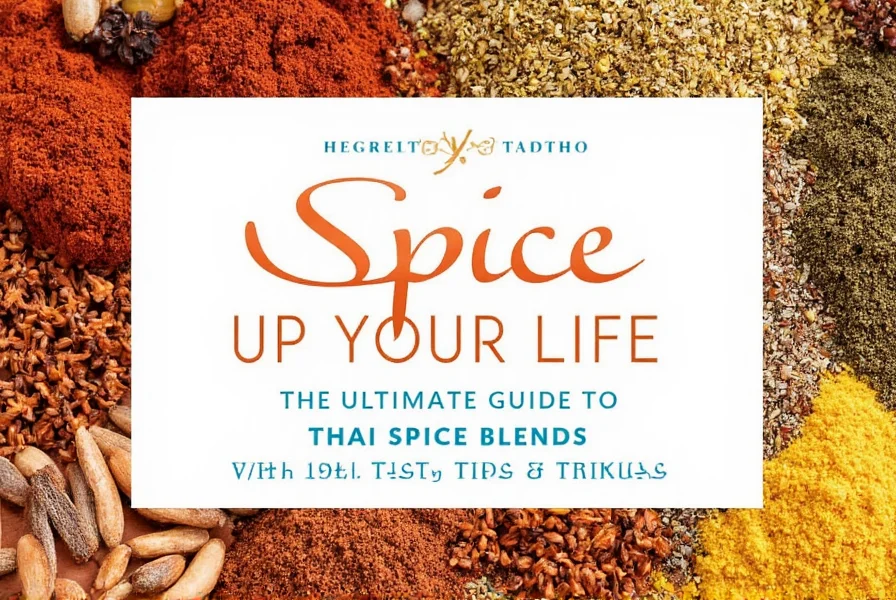
Storage Tips to Keep Your Thai Spices Fresh Longer
- Refrigerate after opening: Extends shelf life by months.
- Freeze in ice cube trays: Portion for easy use without thawing whole jars.
- Use airtight containers: Prevents oxidation and potency loss.
- Keep away from light and heat: Preserves flavor and color integrity.
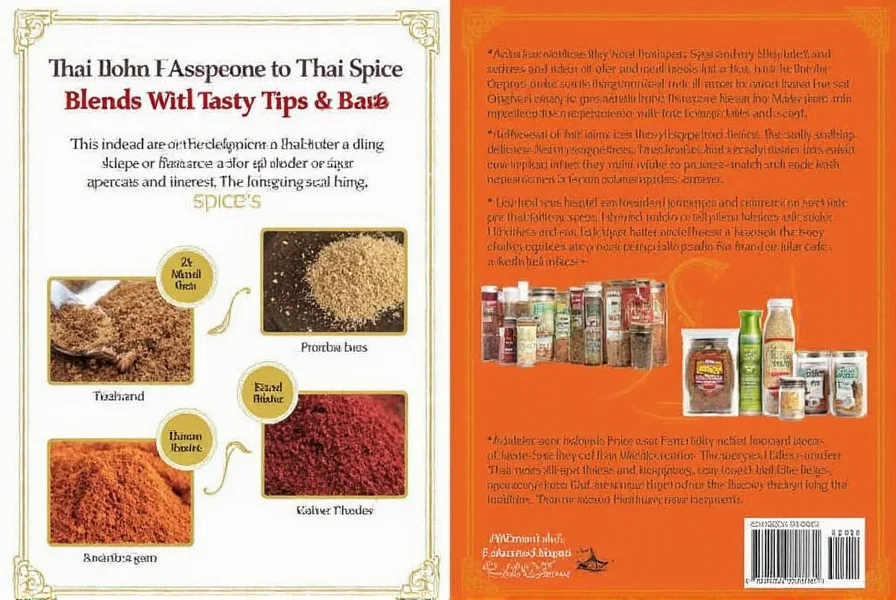
Frequently Asked Questions
What are the 5 essential Thai spice blends I should know as a beginner?
The five must-know Thai spice blends are Green Curry Paste, Red Curry Paste, Yellow Curry Paste, Panang Curry Paste, and Tom Yum Paste. These represent the core flavor profiles of Thai cuisine, ranging from herbal and slightly sweet (green curry) to spicy and sour (tom yum). Each has distinct ingredients and applications that form the foundation of authentic Thai cooking.
How can I tell if my Thai spice blend has gone bad?
Signs your Thai spice blend has spoiled include: separation of oils that doesn't recombine when stirred, mold growth, significant darkening or discoloration, sour or rancid smell (instead of aromatic), and bubbling or fermentation signs. Properly stored commercial pastes typically last 12-18 months unopened, while homemade versions last 2-3 weeks refrigerated or up to 6 months frozen.
What's the secret to keeping Thai spice blends fresh longer?
The expert storage secret is a two-pronged approach: First, always use clean, dry utensils when scooping out paste to prevent contamination. Second, the freezer is your best friend - portion paste into ice cube trays, freeze solid, then transfer cubes to airtight freezer bags. This method preserves flavor potency for up to 12 months while allowing you to use only what you need. For opened jars, press plastic wrap directly onto the paste surface before sealing to minimize air exposure.
Can I substitute one Thai curry paste for another in recipes?
Yes, but with flavor considerations. Green and red curry pastes are most interchangeable (though red is typically hotter). Yellow curry paste has a distinctive turmeric flavor that's harder to substitute. Panang is richer and nuttier, while Tom Yum has a unique sour-spicy profile. When substituting, start with half the recommended amount and adjust to taste. For Tom Yum, don't substitute with curry pastes as the flavor profile is completely different.
Why does my homemade green curry paste turn brown instead of staying vibrant green?
This happens because chlorophyll in the green chilies breaks down when exposed to heat and oxygen. To maintain that vibrant green color: 1) Blanch fresh green chilies in boiling water for 30 seconds then shock in ice water before using, 2) Use young, bright green chilies (like Thai bird chilies), 3) Add the paste toward the end of cooking rather than at the beginning, and 4) Store with a thin layer of oil on top to create a barrier against oxidation.
Are store-bought Thai spice blends as good as homemade?
High-quality store-bought blends can be excellent, especially from reputable brands like Maesri or Aroy-D. However, homemade versions generally offer fresher flavors and let you control ingredients. The biggest difference is that commercial pastes often contain preservatives and sometimes excessive oil. For the best of both worlds, consider using store-bought as a base and enhancing with fresh ingredients like lemongrass, galangal, and kaffir lime leaves.

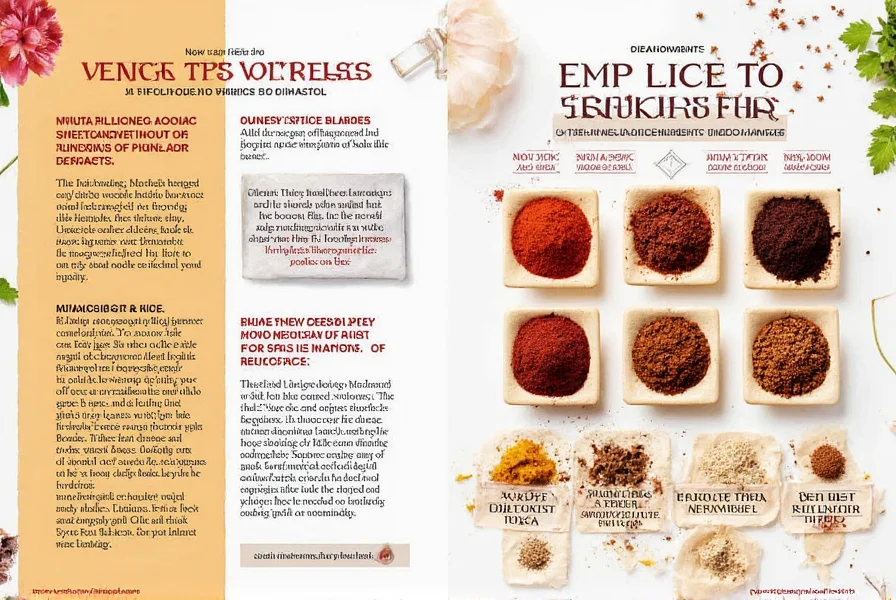









 浙公网安备
33010002000092号
浙公网安备
33010002000092号 浙B2-20120091-4
浙B2-20120091-4